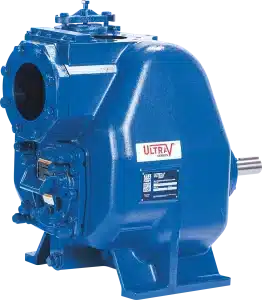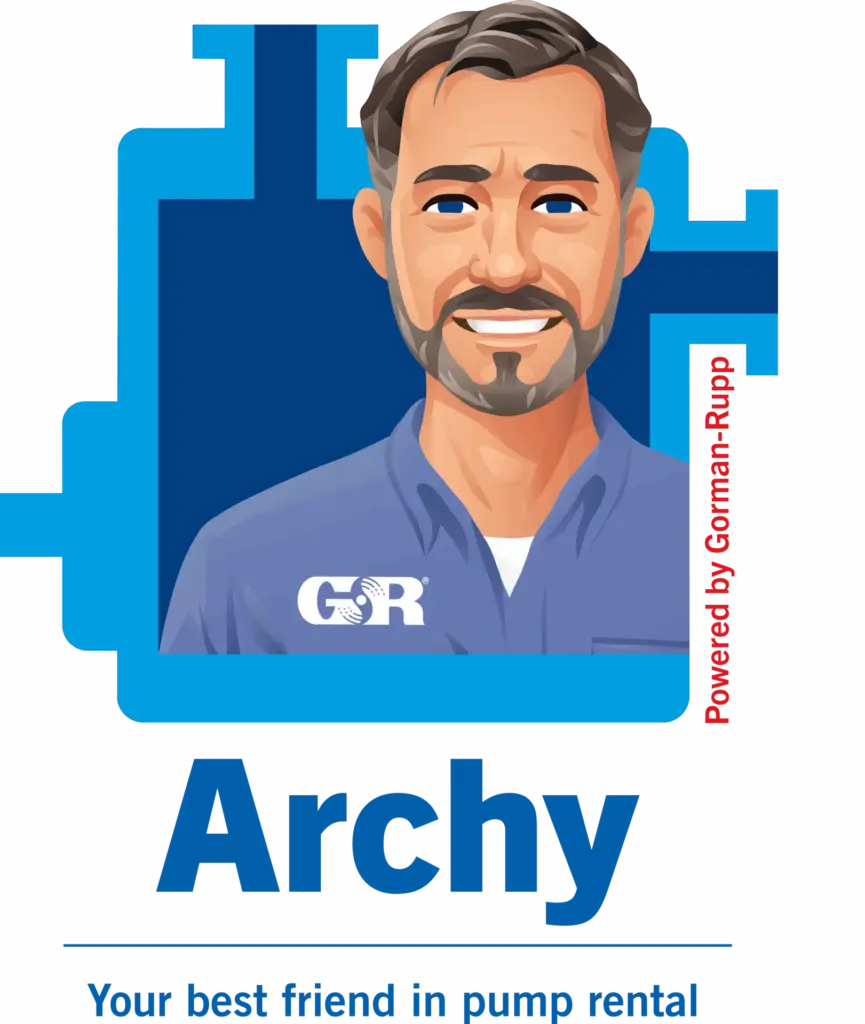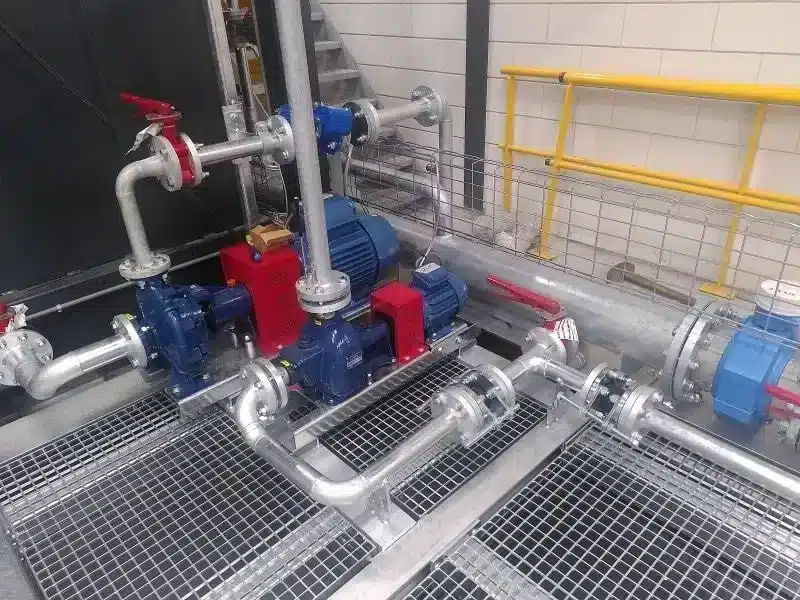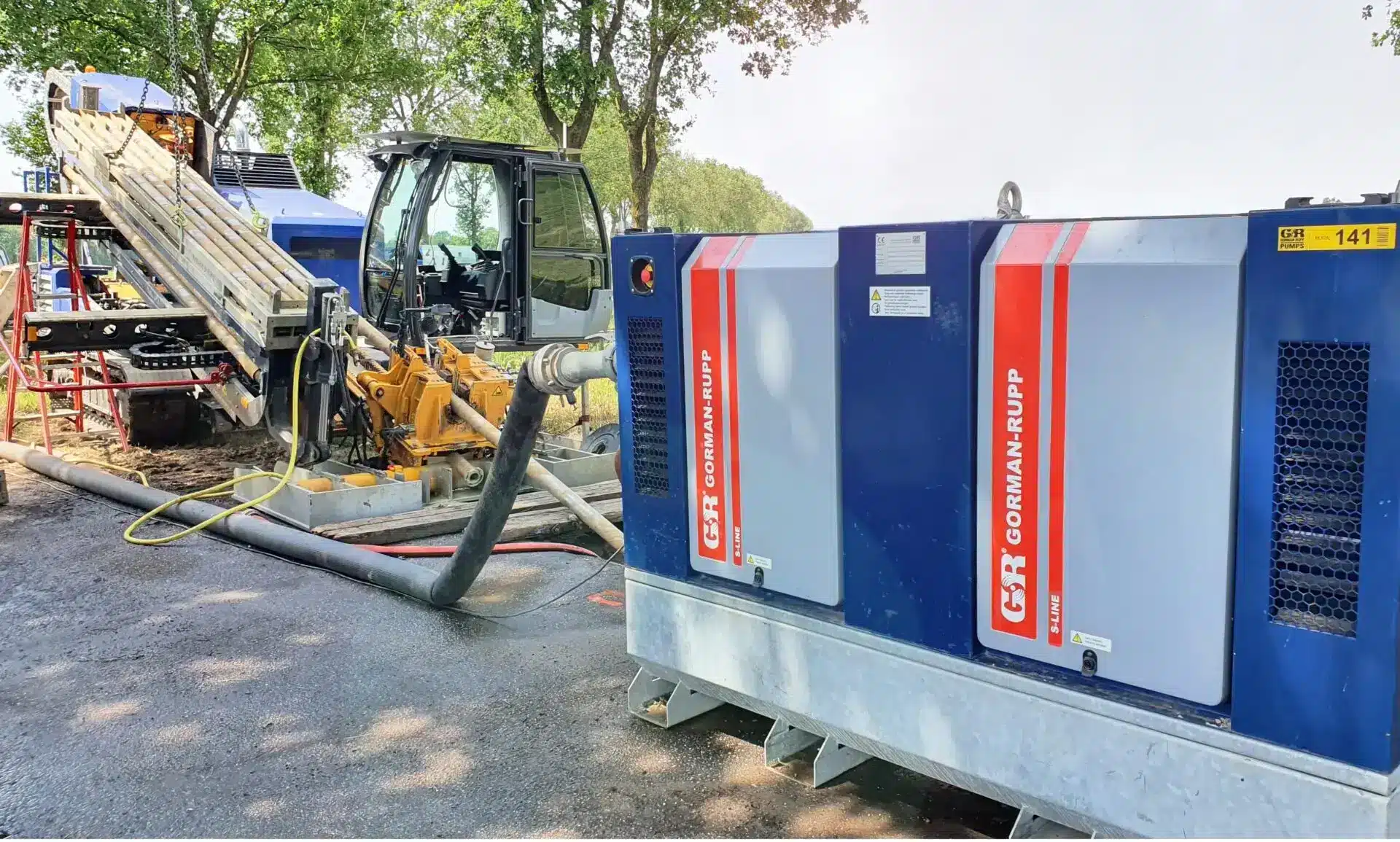What Are Industrial Pumps and Why Are They Essential?
In nearly every industrial sector, pumps play a critical role. Whether it’s transferring water, chemicals, oil, slurry, or wastewater, operations would simply stop without reliable industrial pumps.
An industrial pump converts mechanical energy into hydraulic energy to move fluids. Depending on the application, this may involve continuous flow, high pressure, or large volumes.
The right pump selection has a major impact on efficiency, service life, and maintenance costs. That’s why engineers, maintenance technicians, and procurement specialists must understand pump technology in detail.
1. The Role of Pumps in Industrial Processes
Industrial pumps are used to transport, mix, or dose fluids. They are found across a wide range of industries:
- Chemical industry: handling acids, solvents, and process liquids
- Food and beverage: hygienic pumps for liquid foods and CIP cleaning
- WastewaterWastewater treatment: self-priming pumps for dirty water and sludge
- Oil and gas: high-pressure pumps for oil transport and refining
- Construction and water management: drainage, stormwater and flooding control, and mobile pumping systems
A well-designed pumping system ensures continuity, safety, and energy efficiency across every industrial process.
2. The Main Types of Industrial Pump
Centrifugal Pumps
The most common pump type in industrial applications. A rotating impeller creates flow and pressure to move the liquid outward. Ideal for high flow rates with low to medium pressure.
Applications: water transport, cooling systems, irrigation, process water.
Positive Displacement Pumps
These pumps move a fixed amount of fluid per revolution, making them suitable for viscous or high-pressure applications.
Common types include vane pumps, lobe pumps, and gear pumps.
Applications: food products, oil, and chemicals.
Self-Priming Pumps
Self-priming pumps, such as the Gorman-Rupp Super T Series, combine high reliability with easy maintenance. Perfect for dirty water and setups where the pump is positioned above the liquid level.
Applications: wastewater, construction, and industrial cleaning.
3. How to Choose the Right Pump for Your Industrial Application
Selecting an industrial pump requires understanding key process parameters such as viscosity, temperature, pressure, and chemical composition of the fluid.
Important criteria include:
- Flow rate and head: how much fluid must be moved per time unit
- Fluid properties: is it abrasive, corrosive, or viscous?
- Installation conditions: horizontal or vertical, wet or dry setup?
- Maintenance and reliability: how easily can the pump be serviced or cleaned?
An incorrect selection can cause overloading, cavitation, or excessive maintenance costs. Partnering with a specialized pump supplier ensures accurate calculations and optimal performance.
4. Sustainability and Efficiency in Modern Pumping Systems
Today’s industries demand high energy efficiency and sustainability. Modern industrial pumps are equipped with:
- Variable Frequency Drives (VFDs): to optimize motor speed and energy consumption
- High-quality mechanical seals: to prevent leakage and downtime
- Corrosion-resistant materials: such as stainless steel, cast iron, or engineered plastics
Modern level control systems can also help to run the pumps at their optimal performance level and to reduce energy costs.
With smart design and regular maintenance, the lifespan of pumping systems can be greatly extended. Gorman-Rupp pumps are known for low maintenance costs, easy serviceability, and outstanding reliability.
5. Maintenance and Reliability, Keys to Continuity
Even the best industrial pump requires regular maintenance. A preventive maintenance plan typically includes:
- Inspection of bearings, seals, and impellers
- Monitoring for vibration and noise
- Cleaning of filters and suction lines
- Replacing worn components
Preventive service minimizes downtime and costly repairs. Manufacturers like Gorman-Rupp design pumps with easy access to internal components, ensuring minimal disruption and maximum uptime.
Conclusion
Industrial pumps are the beating heart of countless production processes. Selecting a reliable, low-maintenance, and efficient pumping system determines not only operational performance but also long-term cost savings.
With in-depth knowledge of pump technology and a trusted partner like Gorman-Rupp, every industrial operation can count on a robust, future-ready pumping solution.
















